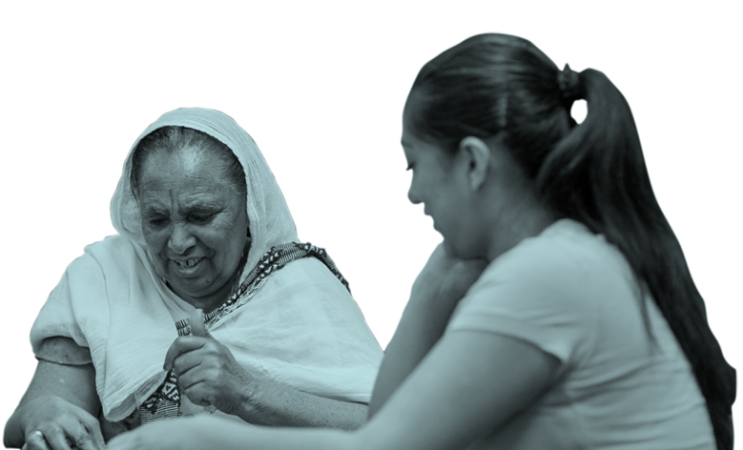View our new 2024-2027 Strategic Plan
Culturally Responsive Teaching–You’re Already On Your Way!
Which of the following practices do you do in your classes or tutoring sessions?
- Know your learners’ names and how to pronounce them
- Build relationships with learners
- Create a comfortable and homey feeling in the classroom
- Encourage learners to vote and get involved in their communities
If you’re doing any of these, you are engaging in culturally responsive teaching practices. This is great news, because culturally responsive teaching is effective–it capitalizes on learners’ current knowledge to create new knowledge, it motivates them, promotes a sense of belonging, and much more.
Now that you know you are engaging in culturally responsive teaching, even in small ways, you may wonder what exactly it is. Here are a few quotes from experts on the topic to help you conceptualize it.
“In a nutshell, culturally responsive teaching is about helping culturally and linguistically diverse students who have been marginalized in schools build their skill and capacity to do rigorous work.” –Zaretta Hammond, Author of Culturally Responsive Teaching and the Brain
“When academic knowledge and skills are situated within the lived experiences and frames of reference for students, they are more personally meaningful, have higher interest appeal, and are learned more easily and thoroughly.” –Dr. Geneva Gay
“Culturally responsive teaching involves connecting academics to students’ daily lives, cultural backgrounds, and concerns in ways that support engagement, achievement and empowerment.” –Jenny Muniz
For ABE teachers and tutors, these themes are familiar. We are constantly working to make class content relevant to the lives of our diverse learners while believing they can achieve great things. But, becoming a truly culturally responsive educator takes time and practice. This tutor tip is the first in a series about culturally responsive teaching which will help you understand what it is, see how you are already using its practices, keep it top of mind and learn how you can more deeply implement it. Let’s keep going!
Other installments in this series:
- Reflecting on One's Cultural Lens
- Recognize and Redress Bias in the System
- Draw on Students' Culture to Shape Curriculum and Instruction
- Bring Real-world Issues Into the Classrooms
For questions or comments about this tutor tip, contact Tutor Training Coordinator, Meghan Boyle at [email protected].
References
Anderson, K. (2022, May 31). Standard 3 CRST. YouTube. https://www.youtube.com/watch?v=i4QPpX-P83M
Ferlazzo, L. (2021, July 13). “culturally responsive teaching”: An interview with Zaretta Hammond (opinion). Education Week. https://www.edweek.org/teaching-learning/opinion-culturally-responsive-teaching-an-interview-with-zaretta-hammond/2015/07
Muniz, J. (2021). Culturally Responsive Teaching: A Reflection Guide. Washington DC; New America.
Muñiz, J. (2019, September 23). 5 ways culturally responsive teaching benefits learners. New America. https://www.newamerica.org/education-policy/edcentral/5-ways-culturally-responsive-teaching-benefits-learners/

